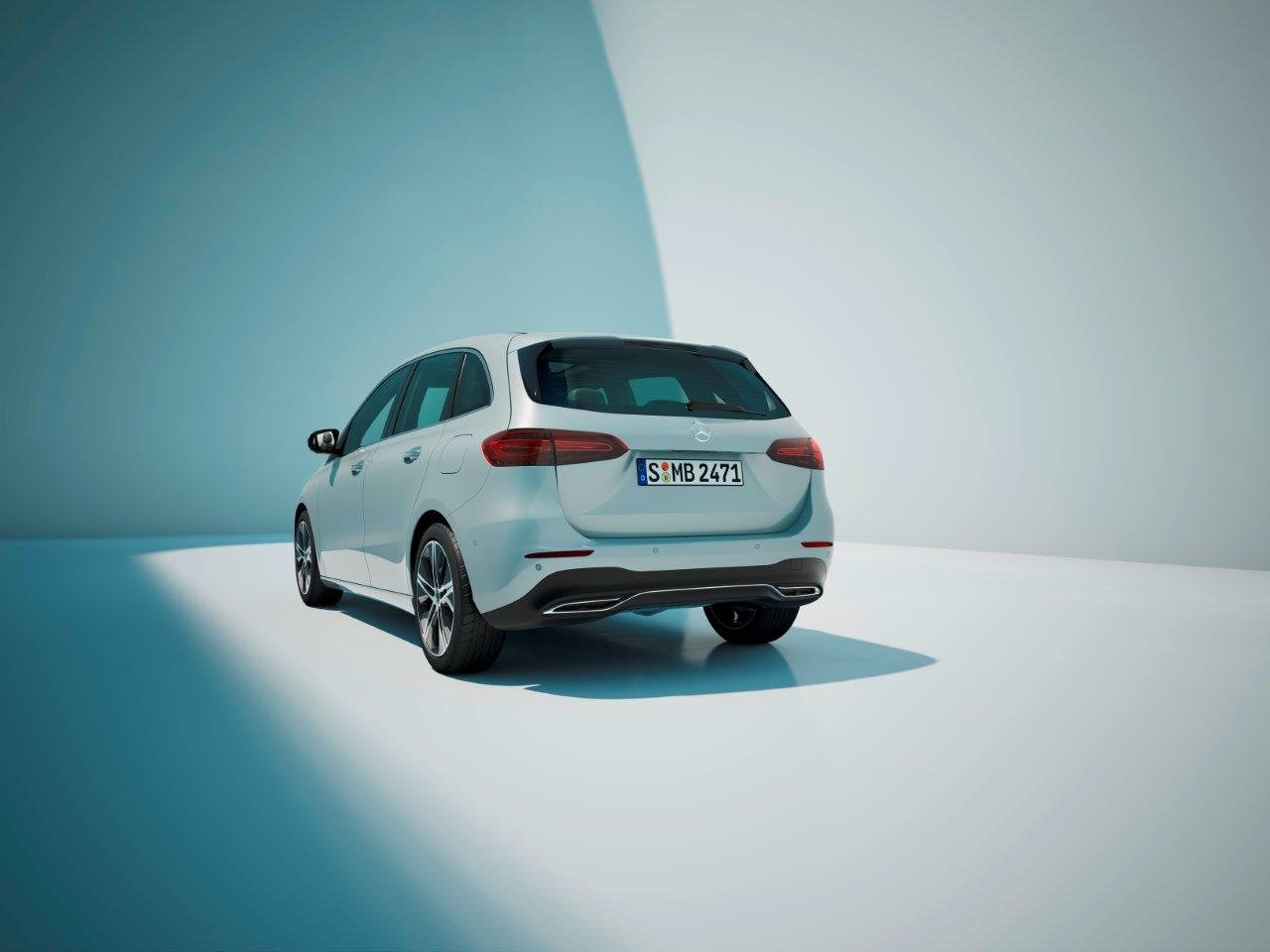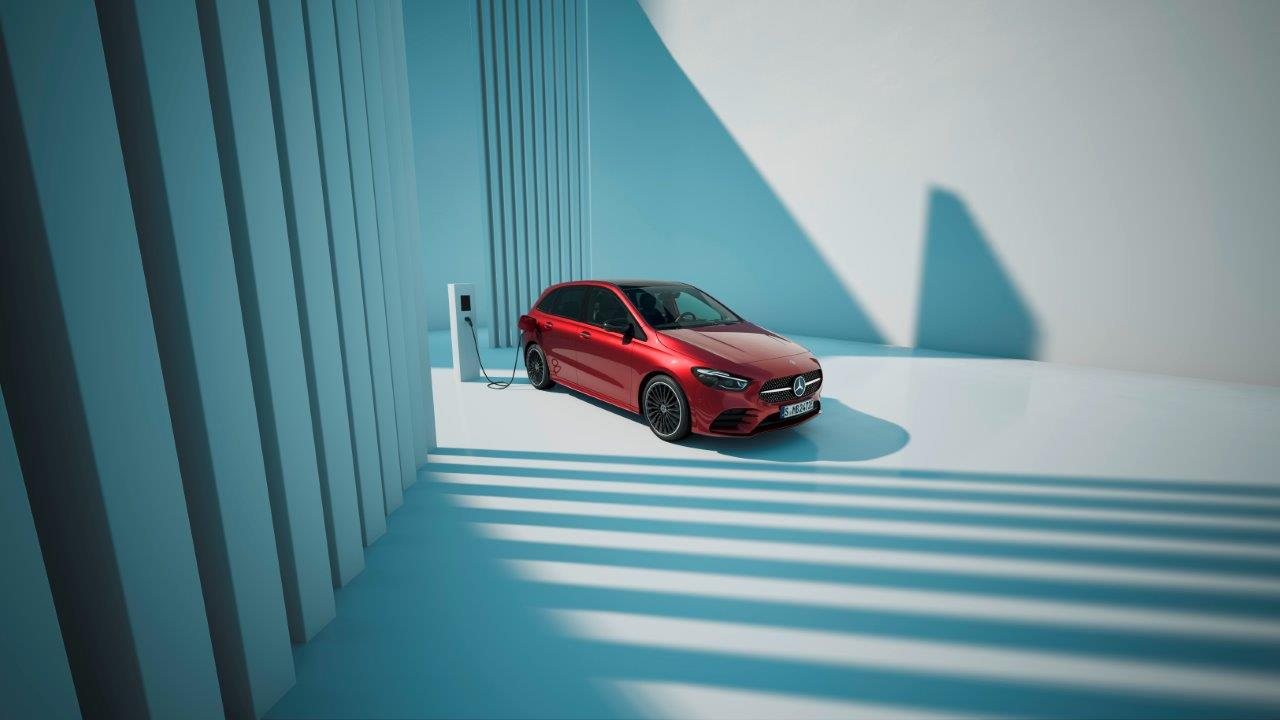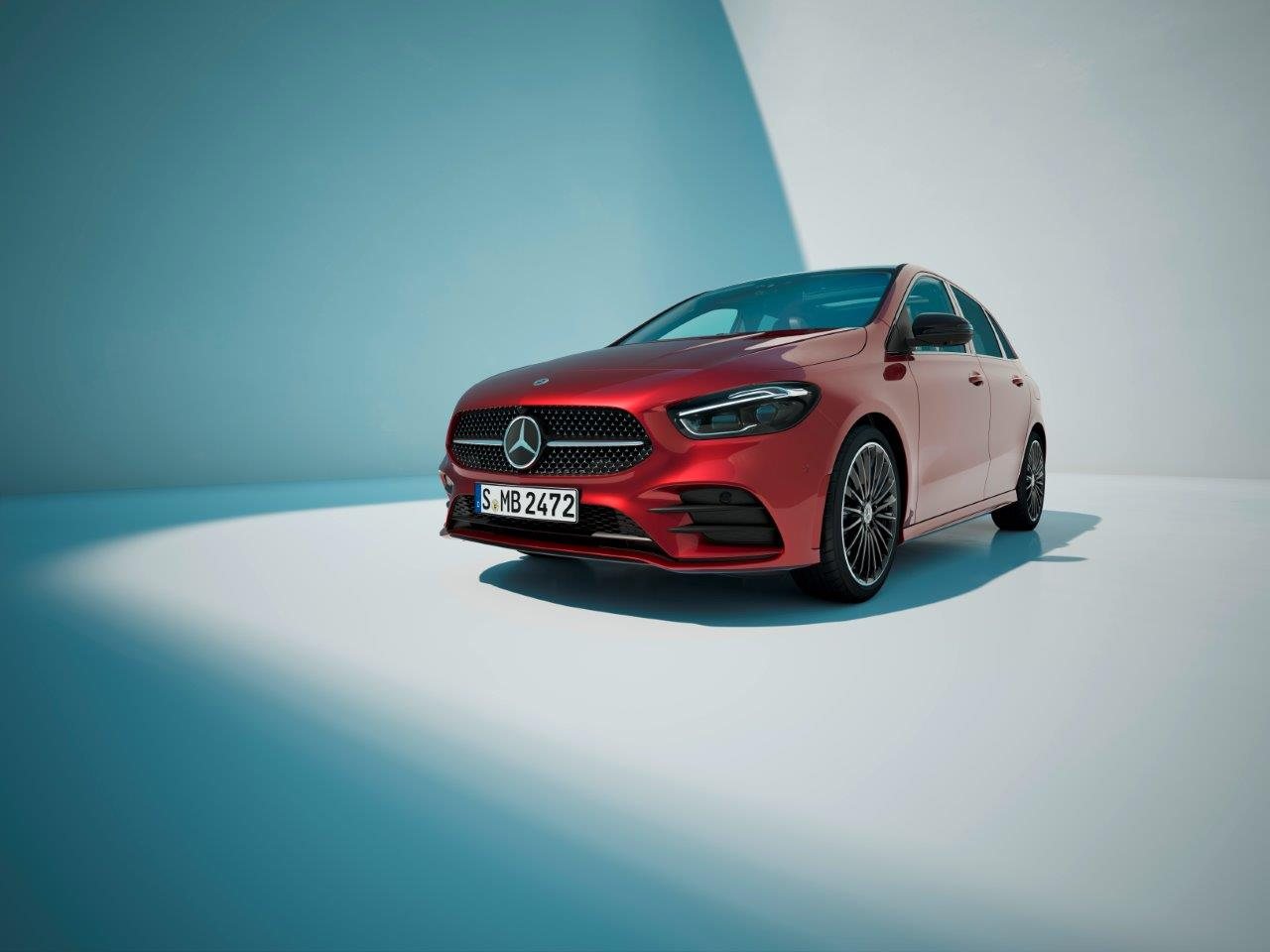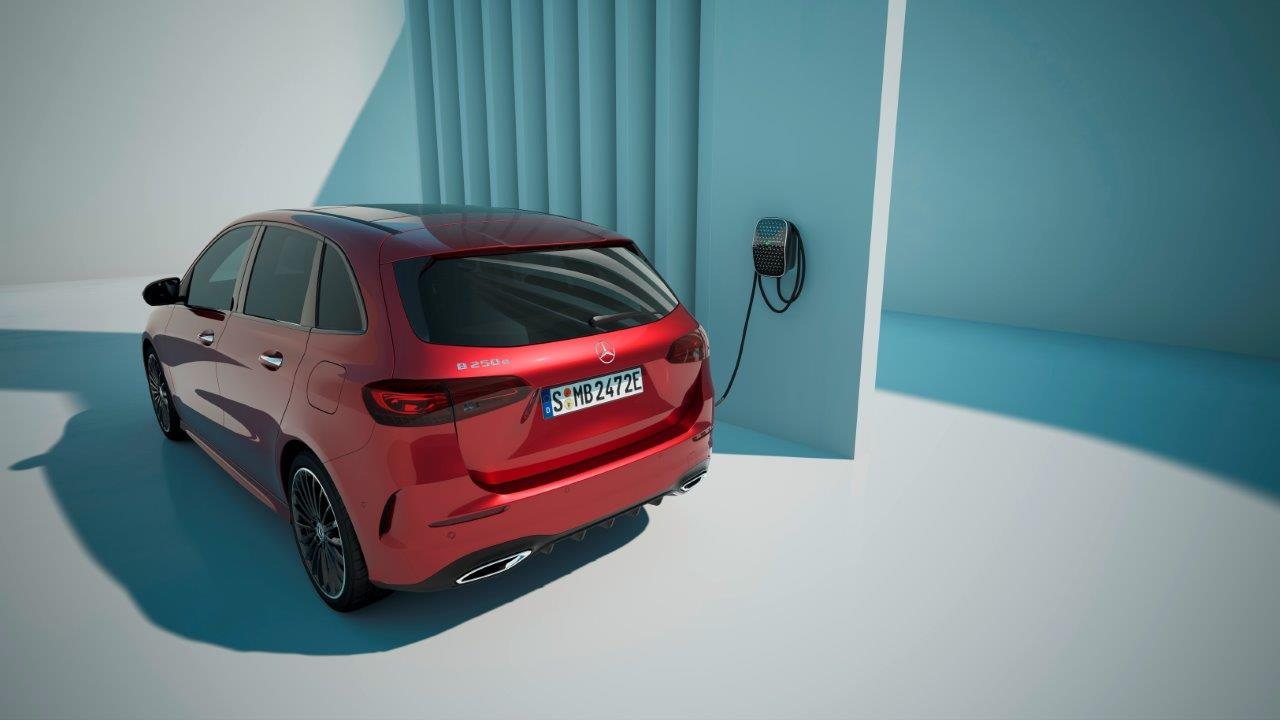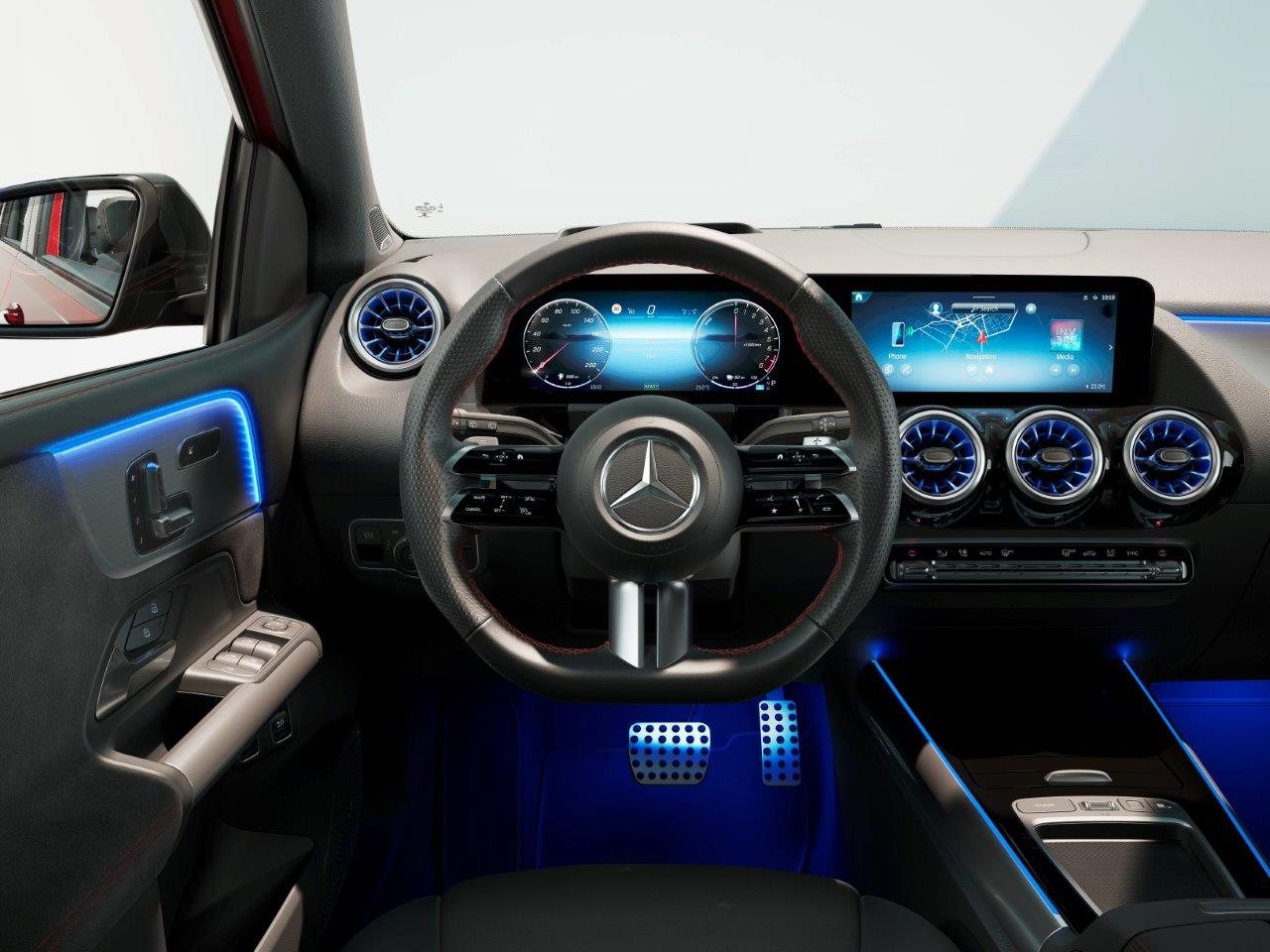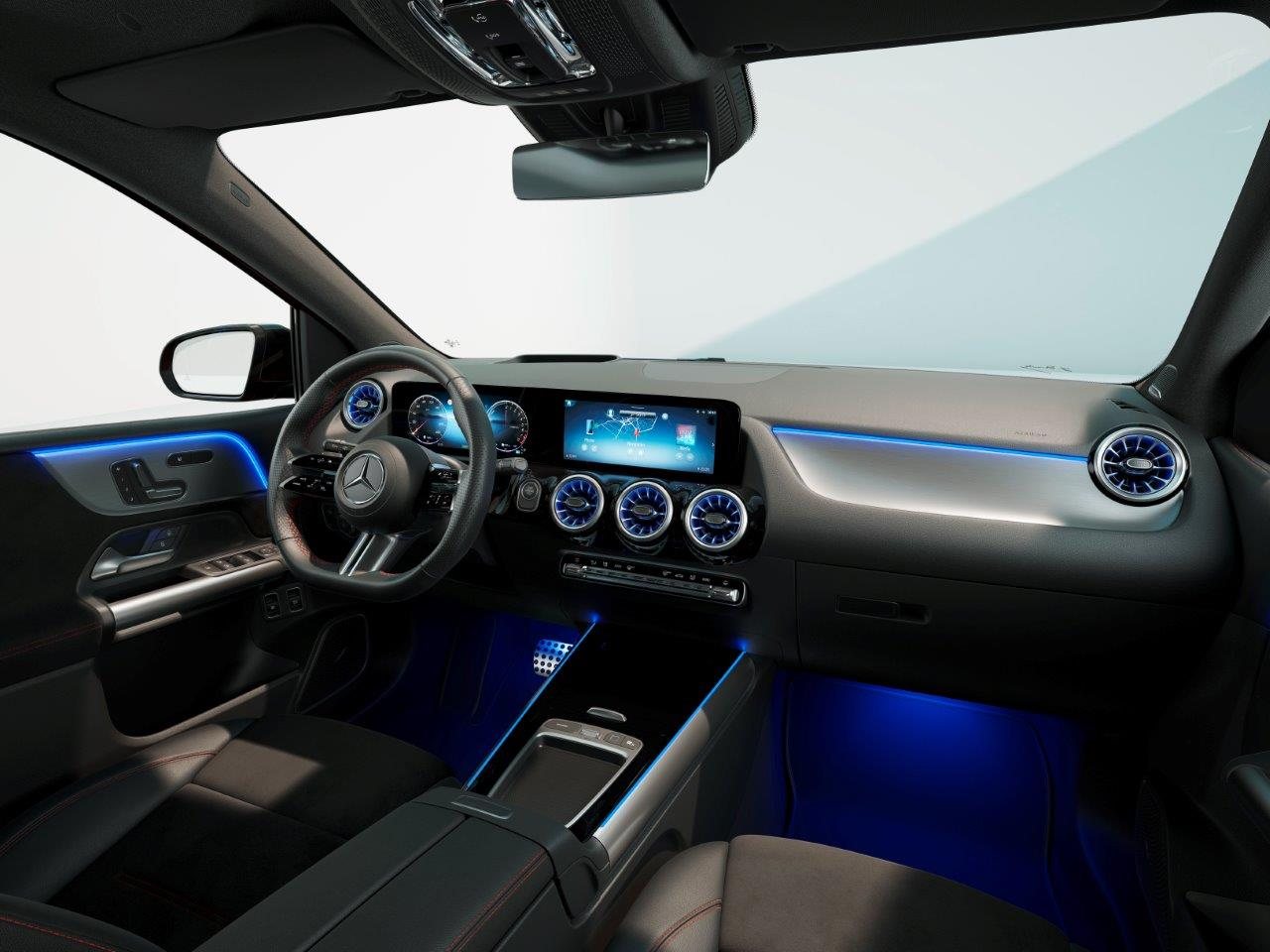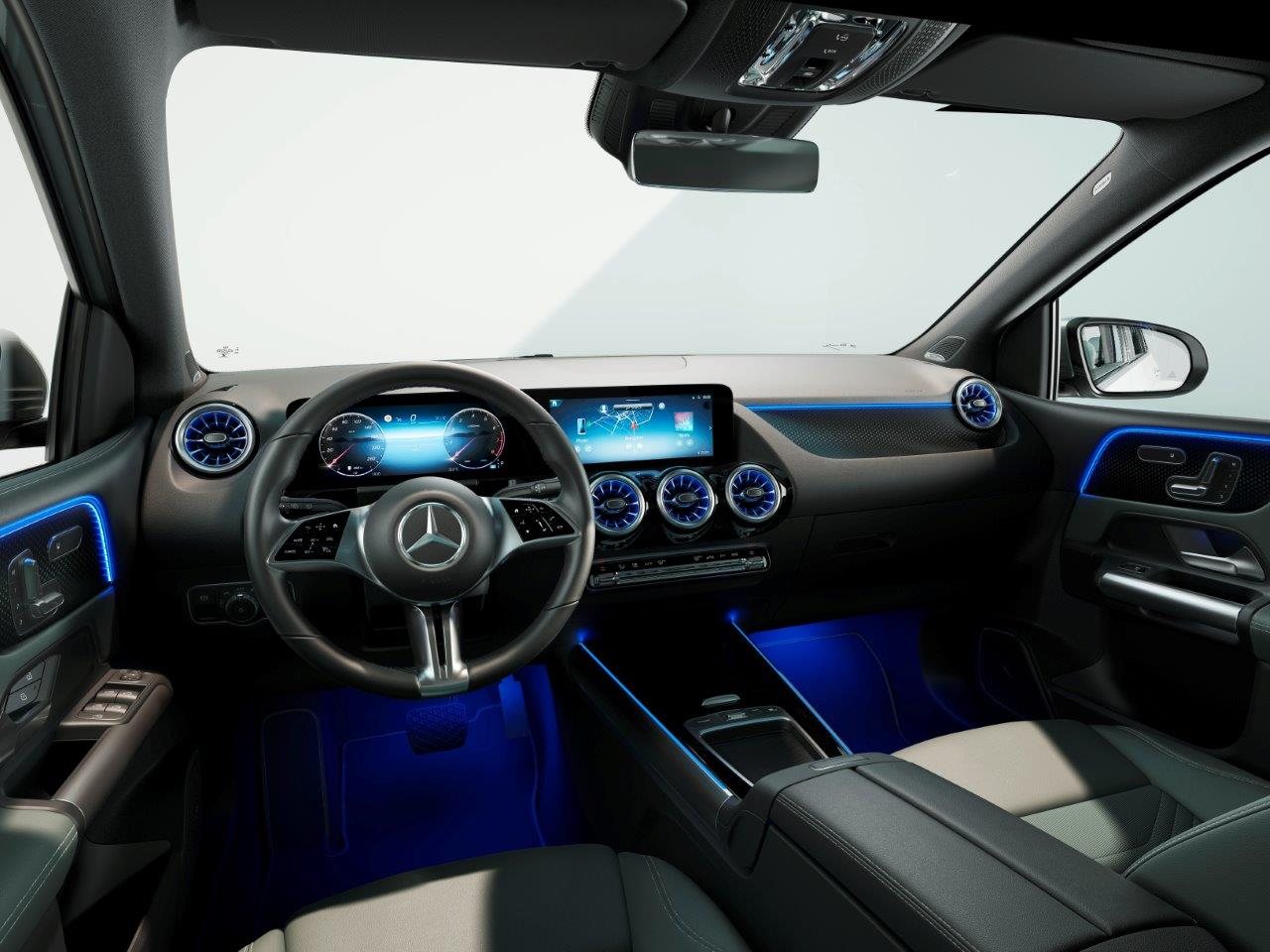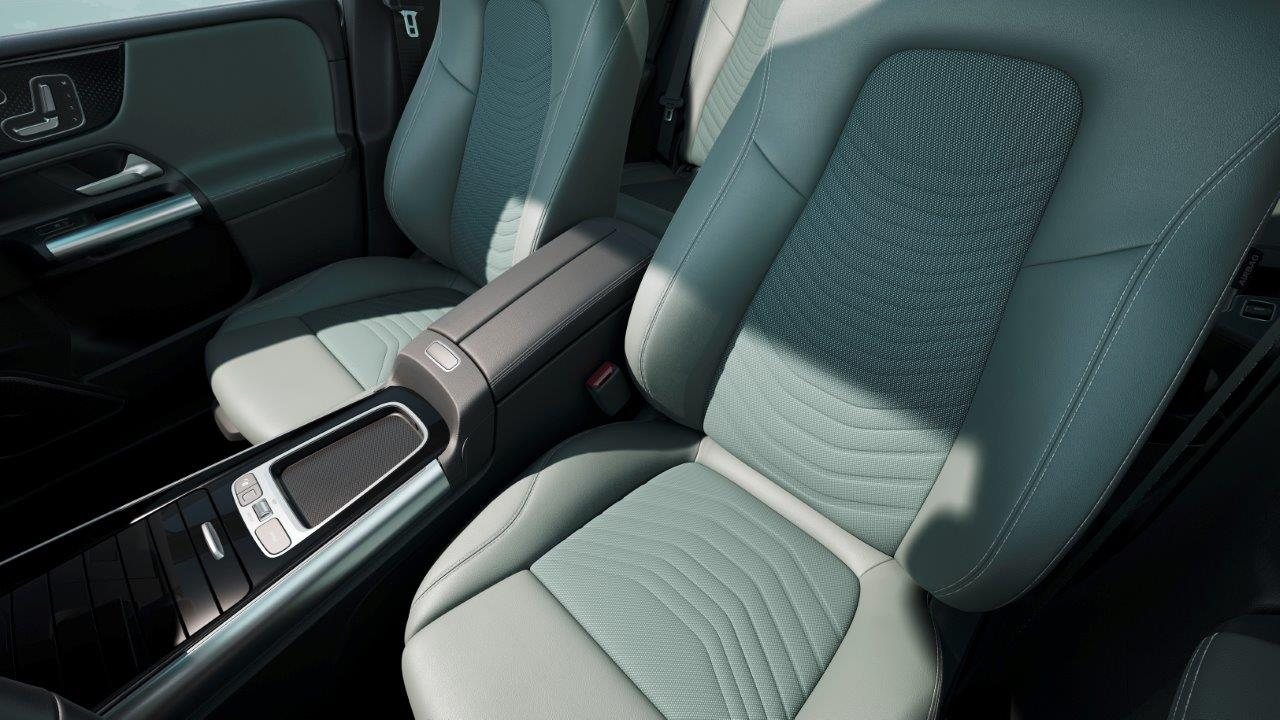As predicted, Mercedes proceeded to face lift of its most compact models, rejuvenating the hatchback and saloon variants of the A-Class, as well as the B-Class MPV.. On the outside, the modifications require a determined eye to discover the differences, while inside the changes are essentially aimed at improvements in terms of equipment and simplification of options. At a mechanical level, the highlight is for the gasoline mechanics, all of them electrified with a mild hybridand for the plug-in hybrid versions, which now offer greater autonomy in electric mode.
Let’s start by going over the engines. In the A-Class, the entire petrol offering (four-cylinder engines with 1.3 or 2.0 liters) is now supported by a 48V electrical system., which provides an additional 10 kW of power. The Class B engine offering is guided by the same reasoning: in diesel there are no changes, but all gasoline blocks benefit from a system mild hybrid 48V, which assists the combustion engine, in addition to functioning as a starter and current generator to feed the vehicle’s 12V electrical network. With this slight electrification, the manual gearbox disappears in gasoline classes A and B, giving way to the seven- or eight-speed DCT automatic gearbox, which varies depending on the version.
It ensured the slight hybridization of gasoline engines, Mercedes then focused on strengthening the case for its plug-in hybrids, the “250 e”. In the A-Class, the result is an increase in the power of the electric motor, from the previous 75 kW (102 hp) to 80 kW (109 hp). However, the combined power of the powertrain remains unchanged (218 hp and 450 Nm of torque).
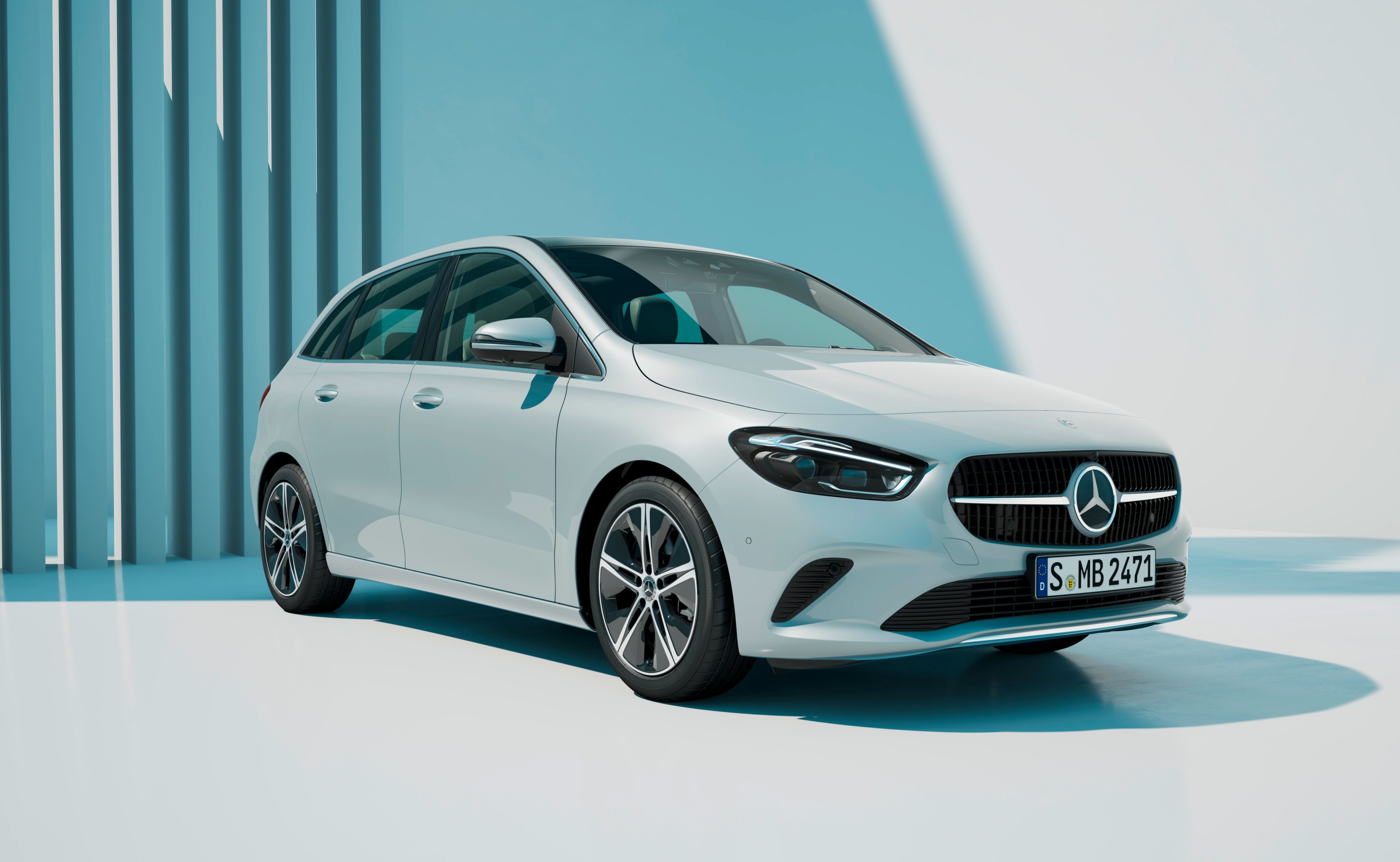
The renewed compact Mercedes should start arriving at European dealerships at the end of the year or, at the latest, at the beginning of 2023. Here the Class B
more interesting is that Autonomy in electric mode increases by 10 km, jumping to 82 km in the sedan and 81 km in the hatchback. This is not achieved with a higher gross capacity battery (15.6 kWh), but with the launch of Mercedes more usable capacity, though the builder doesn’t need how much. Depending on the brand, you can go from 10 to 80% in just 25 minutes in a fast charging station, also speeding up recharging in alternating current, now admitting up to 11 kW of power. However, the renewed A-Class needs another eight tenths to overcome the 0-100 km/h barrier (7.4 seconds for the hatchback and 7.5 for the sedan) and sees its top speed drop by 5 km/h ( 225 and 230 km/h, respectively).
As for the B-Class PHEV, it benefits from exactly the same improvements introduced in the A-Class, to deliver a combined power of 218 hp and 450 Nm, now being able to travel up to 77 km only propelled by the 80 kW electric motor, when in the past it did not exceed 69 km. On the other hand, the acceleration capacity suffers, since instead of the previous 6.8 seconds to go from 0 to 100 km/h, the renewed B-Class will need 7.6 seconds to perform the same task. Top speed drops from 235 to 223 km/h.
Externally, the main changes brought about by the face lift Class A and Class B reside in the headlights, grille and bumpers, to which we must add new options for wheels up to 19 inches and a renewed color palette. Inside, the flagship brand retains the standard 7-inch digital instrument cluster, along with the 10.25-inch touchscreen, which serves as the gateway to the latest evolution of the MBUX system.. Note also the new multifunctional steering wheel and, above all, the reorganization of the packages of equipment, to which must be added a wide range of safety and driving assistance systems, as well as an increase in customization possibilities, with new alternatives in terms of more sustainable finishes and coatings.
Source: Observadora

